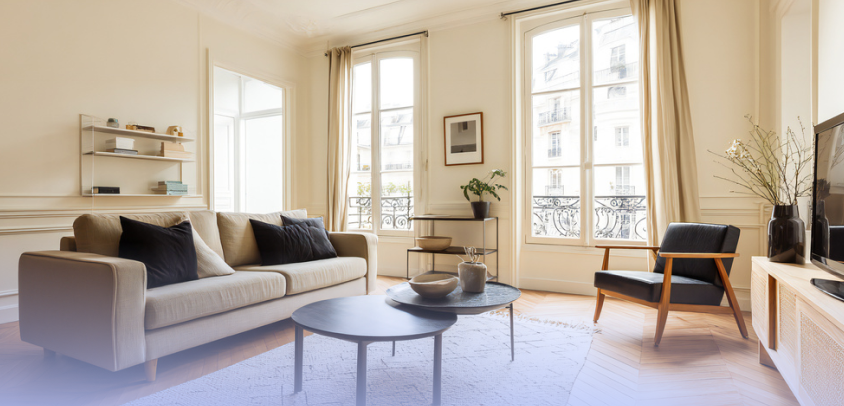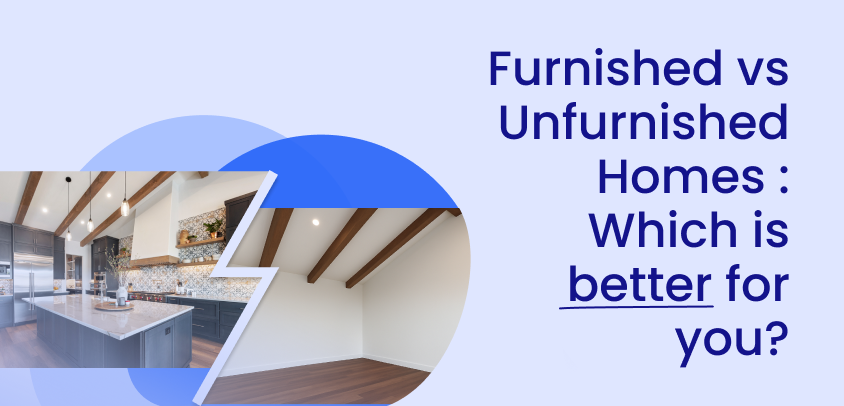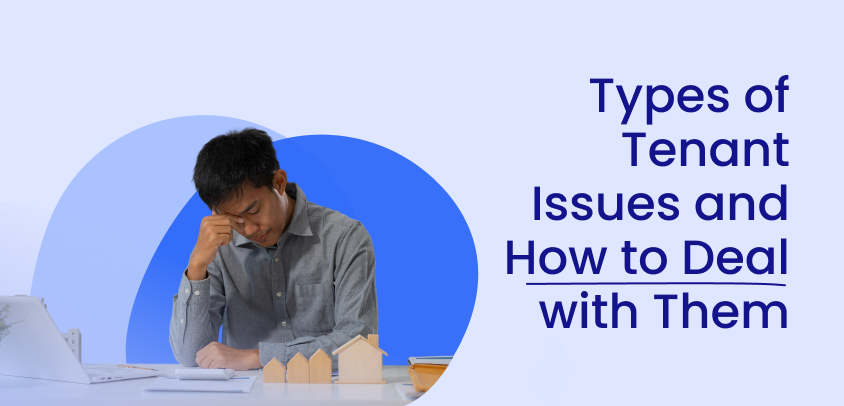By Team hovee Rent
August 18, 2025 · 4 min read
When it comes to renting a home, one of the first steps tenants face is whether to choose furnished or unfurnished property. While furnished homes offer the ease of moving in without worrying about furniture and appliances, unfurnished homes provide freedom to design and personalize the space your way. Both options have their very own advantages and challenges and the right choice depends on your stay, budget, and priorities.
Let’s explore it in more detail.
1) Furnished Homes :

Furnished homes are becoming increasingly popular among tenants who prefer convenience. These types of homes are popular among students, professionals or families relocating to a new city who don’t want the hassle of buying or transporting furniture. These rentals usually come with beds, sofas, wardrobes, dining sets and even kitchen appliances.
However, they usually come with a higher monthly rent and may offer less freedom to personalize the space. Also, they have the responsibility of maintaining the owner’s furniture, which may lead to additional charges for damages.
Why choose Furnished Homes :
- Immediate Move-in : Furnished homes allow quick move-in since they have everything you need. This is particularly advantageous if you’re relocating for a short-term job or studying in a new city.
- Shifting is hassle free: Shifting to a furnished property is stress-free as it does not require you to pack and unpack the entire furniture. Moreover, it not only saves your time of packing and unpacking but also the cost of hiring movers and packers.
- Flexibility for short-term stays: Furnished homes are often available for short-term leases, making them ideal for temporary relocations, internships, or study abroad programs.
- Cost savings on furniture: Buying furniture can be expensive. Renting a furnished home eliminates this upfront cost, which can be beneficial if you’re on a tight budget or don’t plan to stay in the long-term rental.
- Convenience: Moving into a furnished home means you don’t have to deal with purchasing, transporting, or assembling furniture. This can be a significant convenience, especially if you have a tight schedule or limited mobility.
Challenges of renting a Furnished Home :
- Higher rent: Furnished homes typically command higher rent compared to unfurnished ones. The convenience and added amenities come at a premium.
- Limited personalisation: Furnished homes are set up according to the owner’s taste and may not match your style. This limits your ability to customise the space to your preferences.
- Maintenance considerations: Furnished rentals can command higher rents, but they also come with the risk of wear and tear. Tenants often prefer properties that provide essential appliances, such as refrigerators and stoves, without the added complications of full furnishings. This approach helps avoid disputes over damaged furniture and simplifies the rental experience.
2) Unfurnished Homes :

Unfurnished homes are usually more affordable in terms of monthly rent, making them attractive to tenants for their long stay. Tenants have the freedom to design, furnish, and decorate the space according to their own style and preferences since they don’t come with built-in furniture. For long time renters, this can be more economical in the long run.
This flexibility makes an unfurnished property feel more like a personal home rather than just a temporary rental. Let's deeply dive into their pros and cons :
Pros of renting an unfurnished home :
- Possibility of Rent Negotiation : Owners might be more willing to negotiate the rent for an unfurnished home, especially if you want to sign a longer lease.
- Better for long-term stays: If you plan to stay in one place for an extended period, an unfurnished home allows you to invest in quality furniture that will last.
- Lower rent: Unfurnished properties usually have lower rent compared to furnished ones. This can be a cost-effective option, particularly if you plan to stay for an extended period.
- Potential for cost savings on rent: Over time, the cost of buying furniture may be offset by the lower rent of an unfurnished home. If you plan to stay for a while, this could be a more economical choice in the long run.
Cons of renting an unfurnished home :
- Time-consuming process: Selecting, purchasing, and setting up furniture can be a significant undertaking, particularly if you’re starting from scratch.
- Furniture quality: You might encounter difficulties in finding furniture that matches the space or fits well within the home’s layout.
- Responsibility for maintenance: With your furniture comes the responsibility for its maintenance and upkeep. You’ll need to manage any repairs or replacements yourself.
- Shifting is time consuming: Moving furniture requires a lot of planning and you need to be extra cautious especially with the breakables. This requires a lot of time for packing and unpacking which makes shifting a daunting task.
Final Thoughts :
The choice between furnished and unfurnished homes ultimately comes down to your priorities including lifestyle, budget and stay duration.
- Furnished homes are ideal for those seeking comfort and move-in solutions
- Unfurnished homes are better suited for those who value affordability and the freedom to create a personalized space.
At the end of the day, the ‘better’ option is the one that aligns with your current needs and future plans, helping you turn a house into a place that feels like home.
Interested in exploring our app?
Visit our website www.hoveerent.com or download the app to get started now.
More for you to Read :
- Rental Market Predictions for the next 5 years (5 min read)
- Pros and cons of allowing pets in your rental property (5 min read)
- Why Tenants prefer Digital platforms for House Hunting (4 min read)

 Tenant
Tenant
 Owner
Owner




